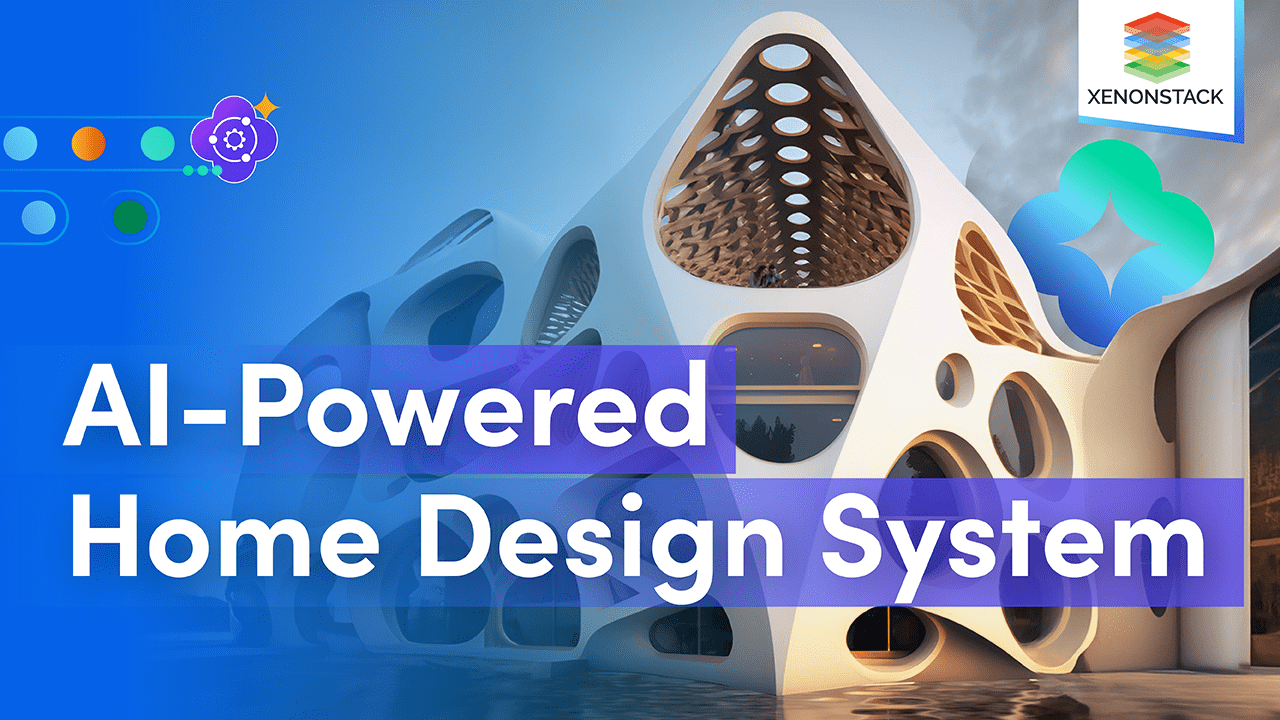What is your Key focus areas? *
AI Workflow and Operations
Data Management and Operations
AI Governance
Analytics and Insights
Observability
Security Operations
Risk and Compliance
Procurement and Supply Chain
Private Cloud AI
Vision AI
Get Started with your requirements and primary focus, that will help us to make your solution
With technological advancements in the field of artificial intelligence (AI), there is a growing interest in applying generative AI in the field of architectural design of homes. Generative AI systems possess immense potential to assist interior designers and homeowners in creating imaginative and captivating living spaces. It has emerged as a valuable tool to aid in the design process and can help homeowners save time. Image your dream house- think of any design, style or spacing. Next, describe it in a sentence and hit the enter key. Visualize your imagined home on the screen! Thats the capability of Generative AI in designing dream houses. This article delineates the significance of incorporating generative AI systems into the field of home designing developed by XenonStack.

AI continuously monitors systems for risks before they escalate. It correlates signals across logs, metrics, and traces. This ensures faster detection, fewer incidents, and stronger reliability
AI converts camera feeds into instant situational awareness. It detects unusual motion and unsafe behavior in real time. Long hours of video become searchable and summarized instantly
Your data stack becomes intelligent and conversational. Agents surface insights, detect anomalies, and explain trends. Move from dashboards to autonomous, always-on analytics
Agents identify recurring failures and performance issues. They trigger workflows that resolve common problems automatically. Your infrastructure evolves into a self-healing environment
AI continuously checks controls and compliance posture. It detects misconfigurations and risks before they escalate. Evidence collection becomes automatic and audit-ready
Financial and procurement workflows become proactive and insight-driven. Agents monitor spend, vendors, and contracts in real time. Approvals and sourcing decisions become faster and smarter